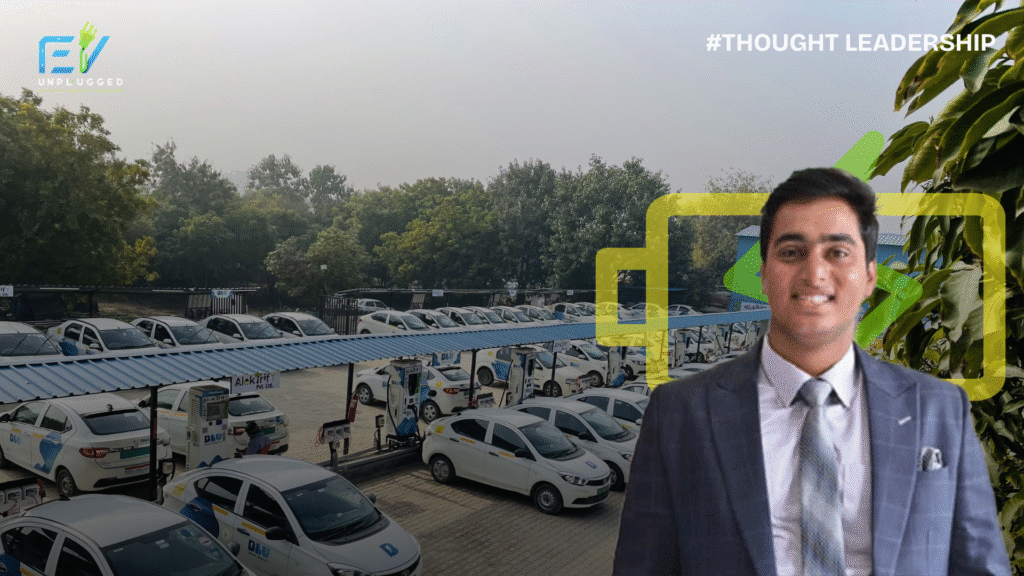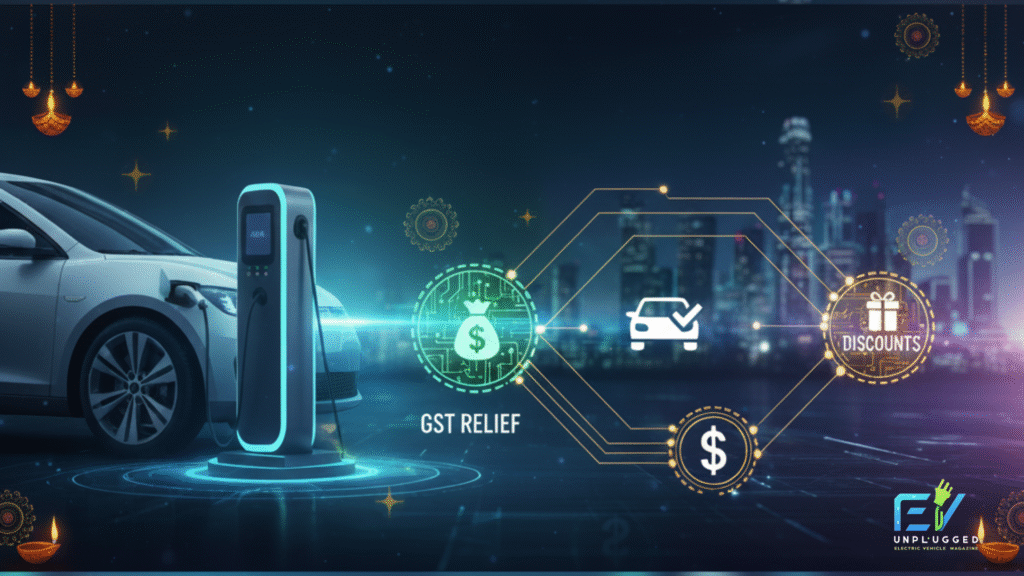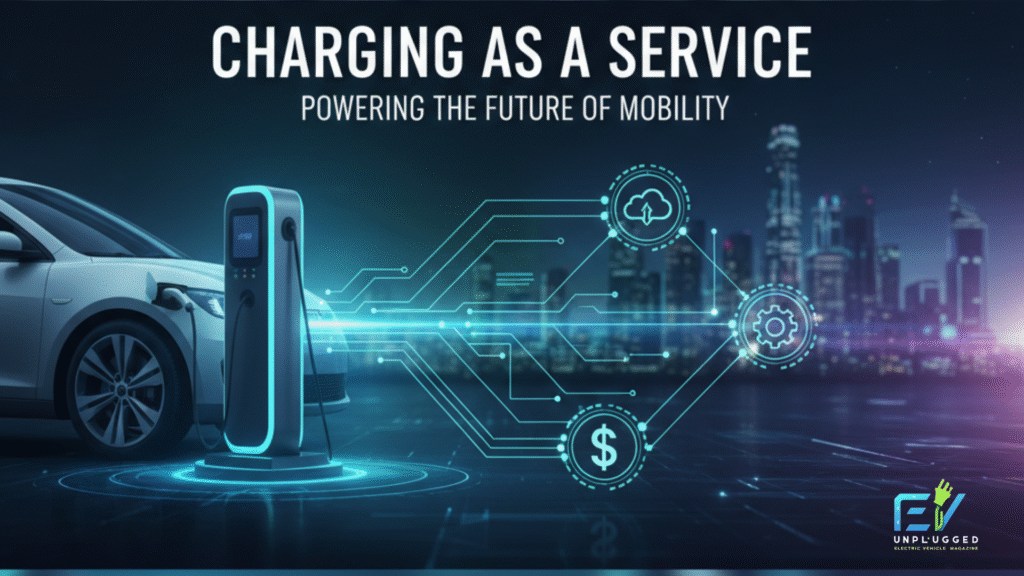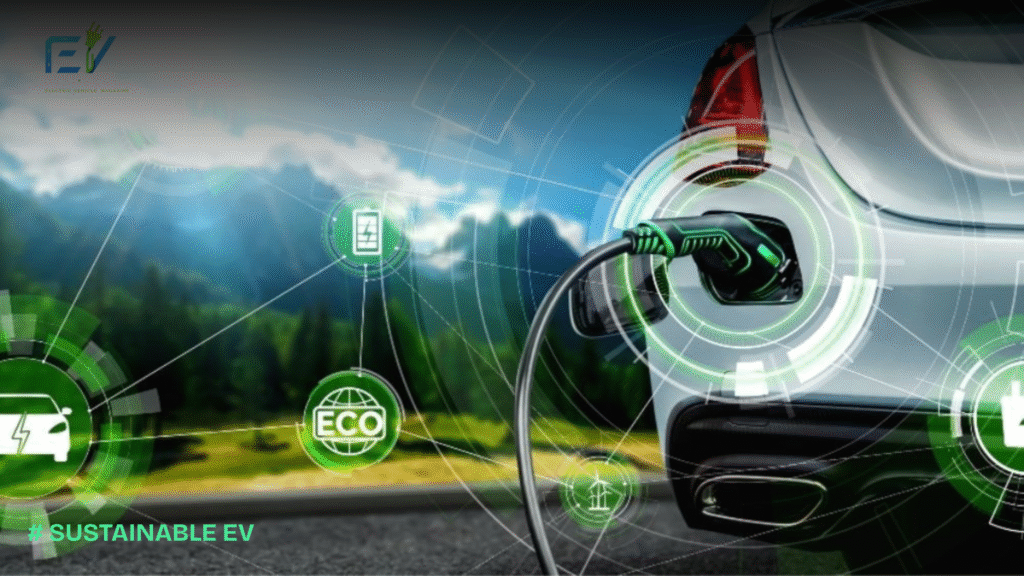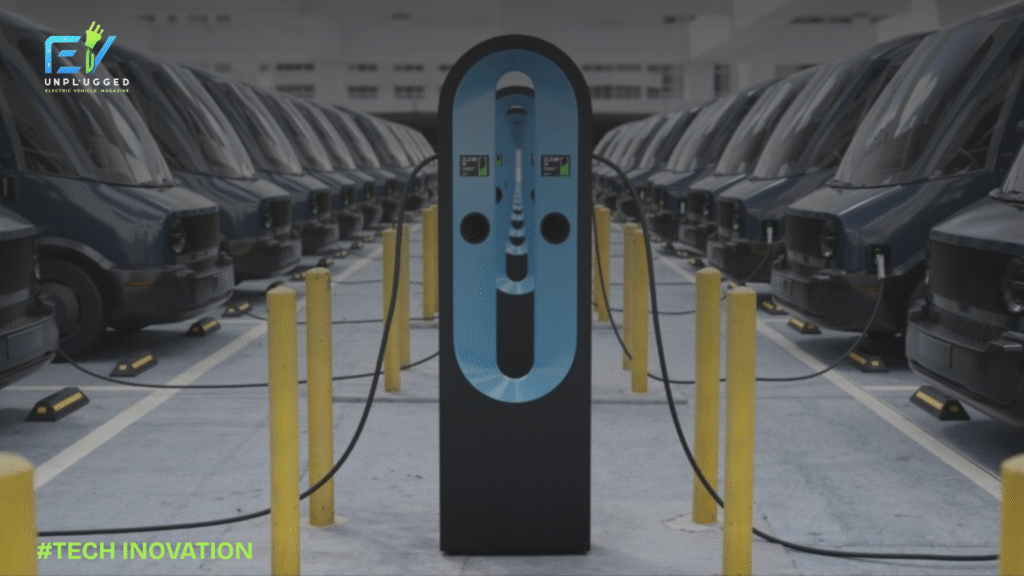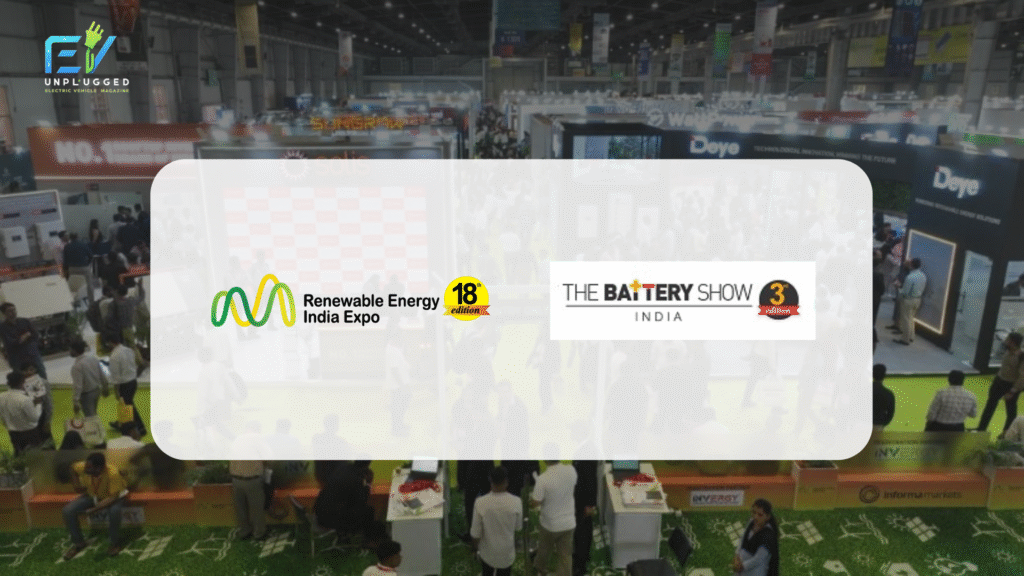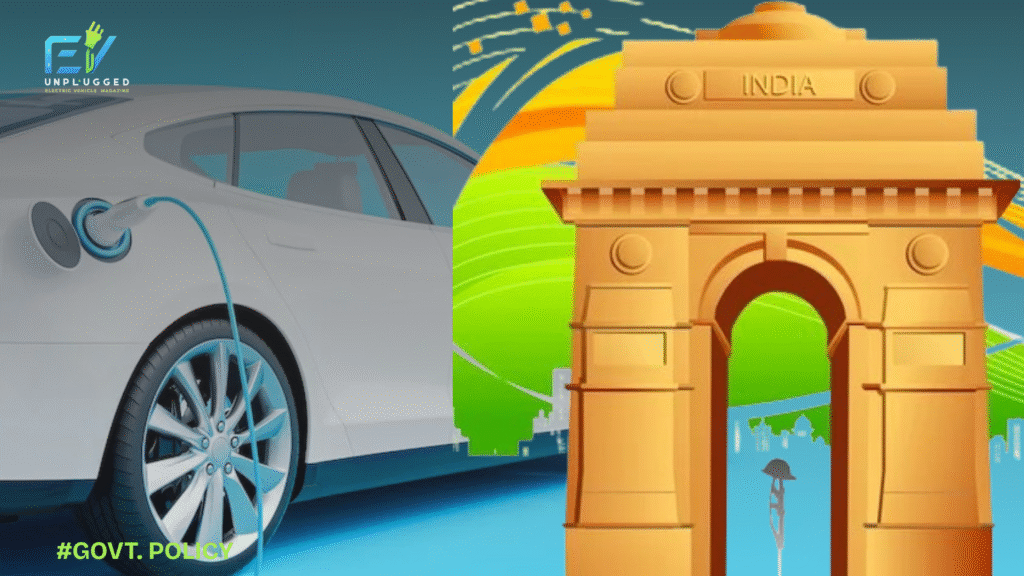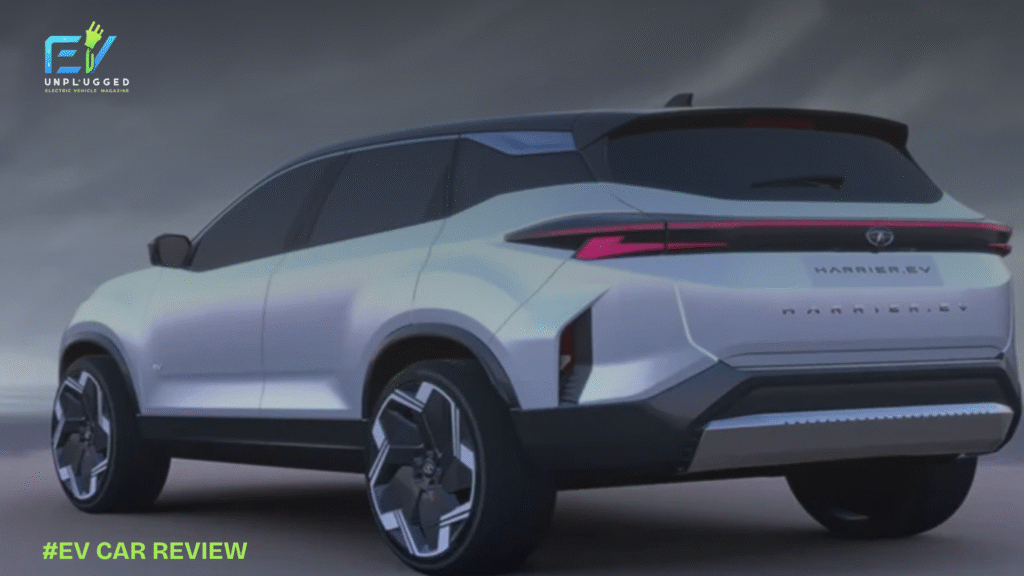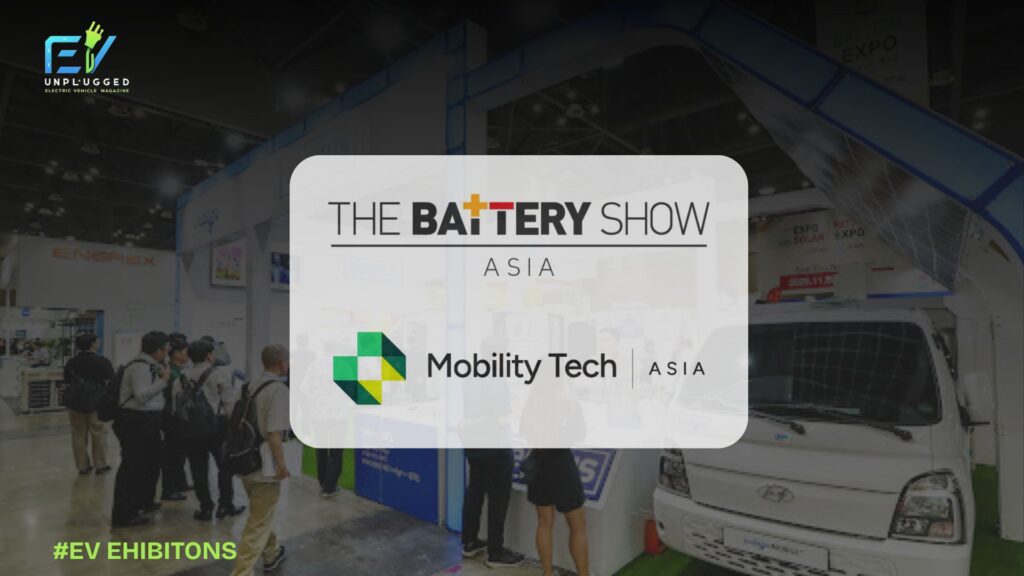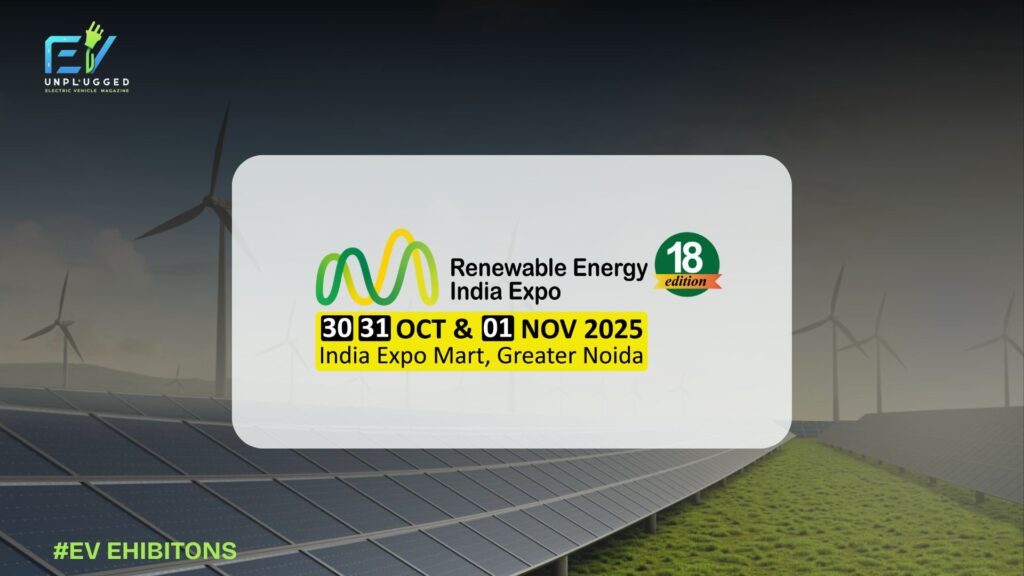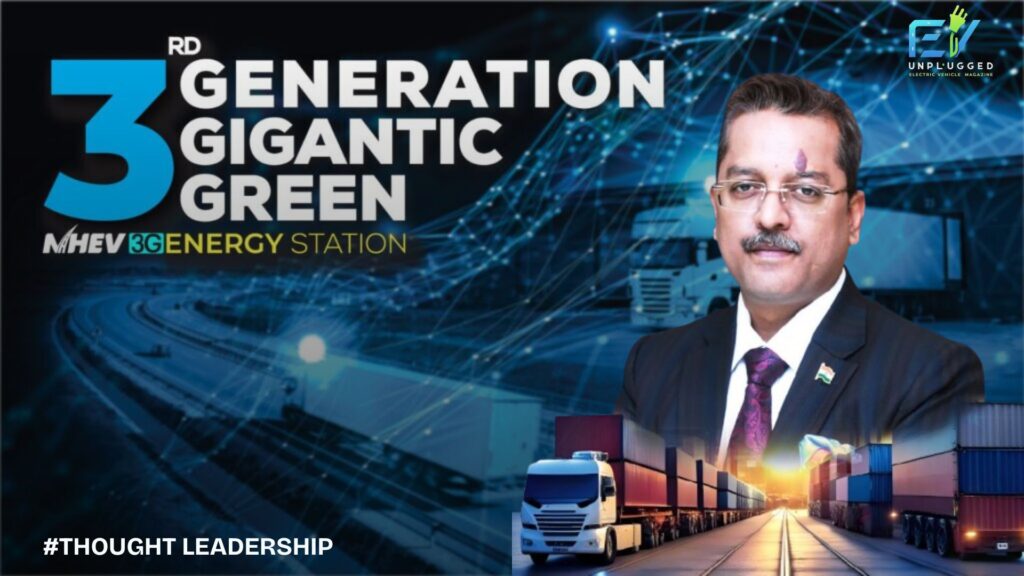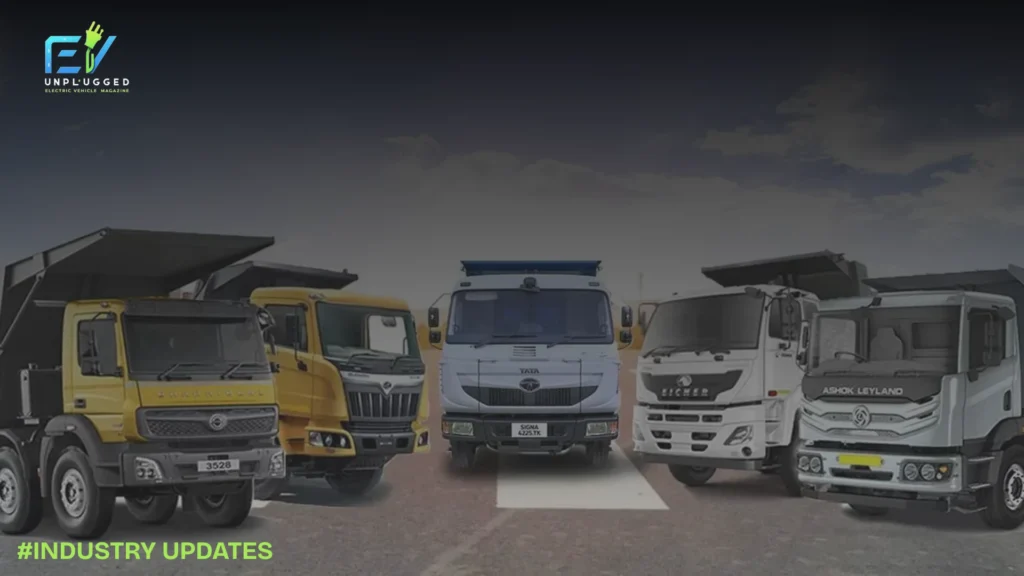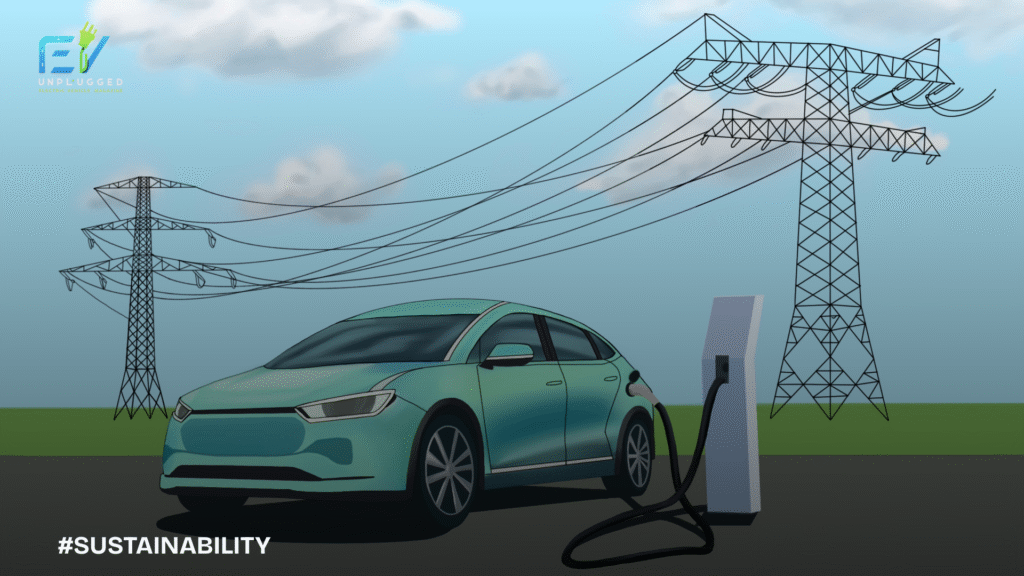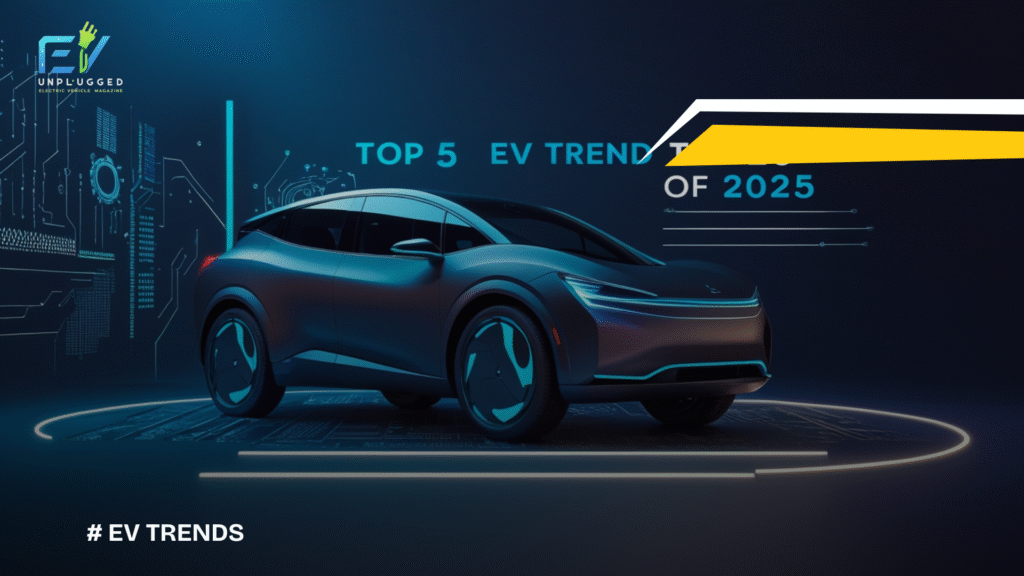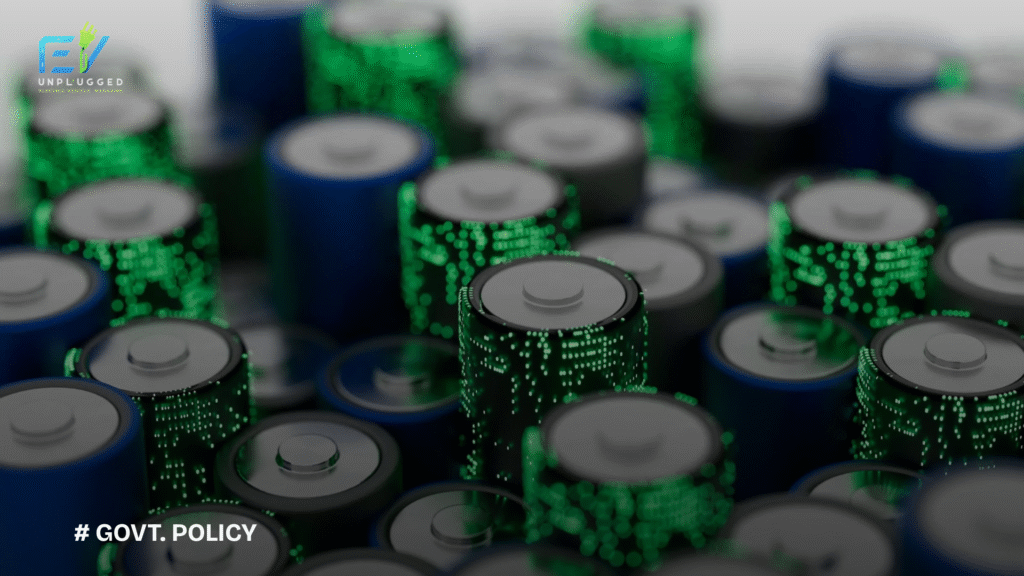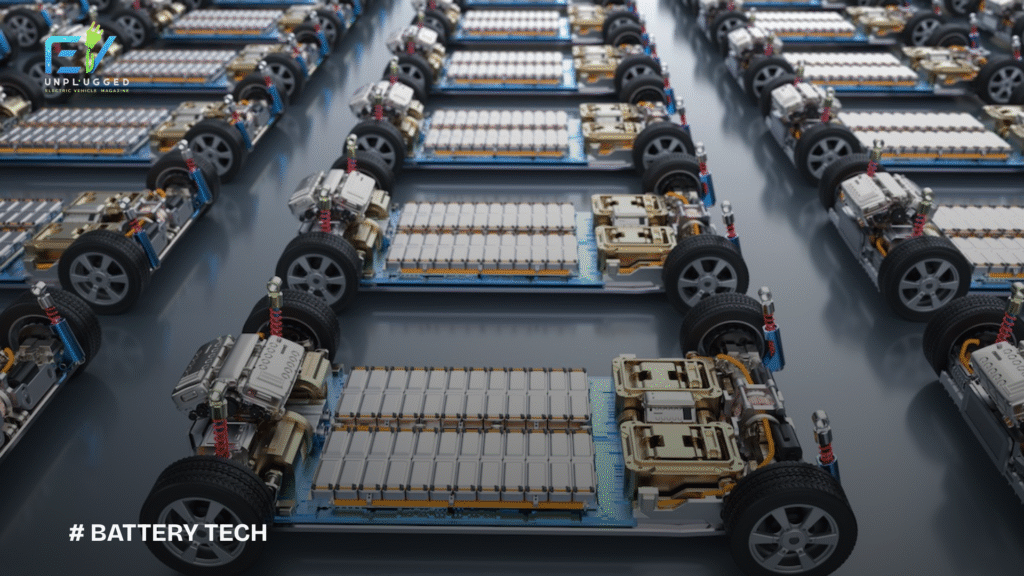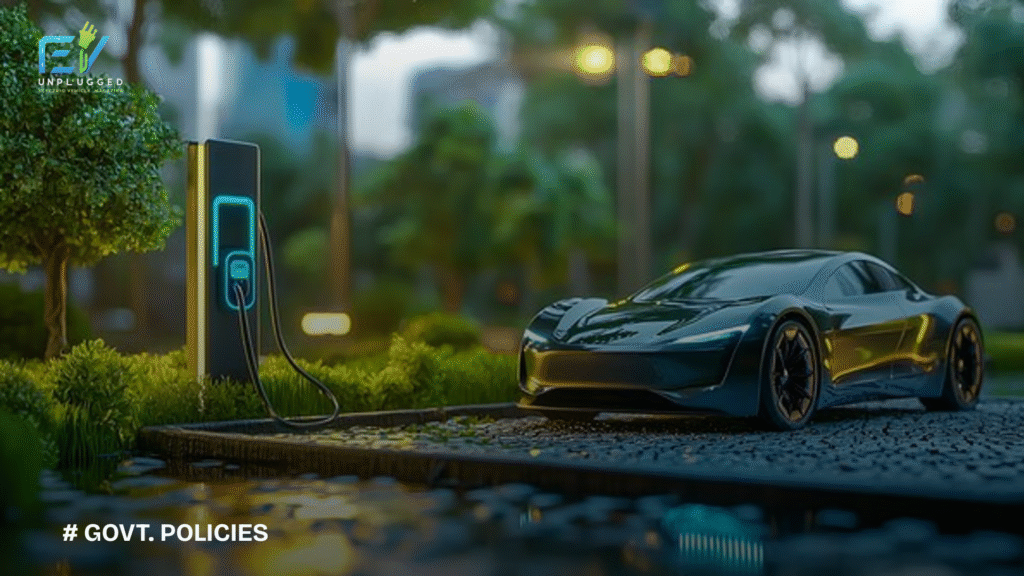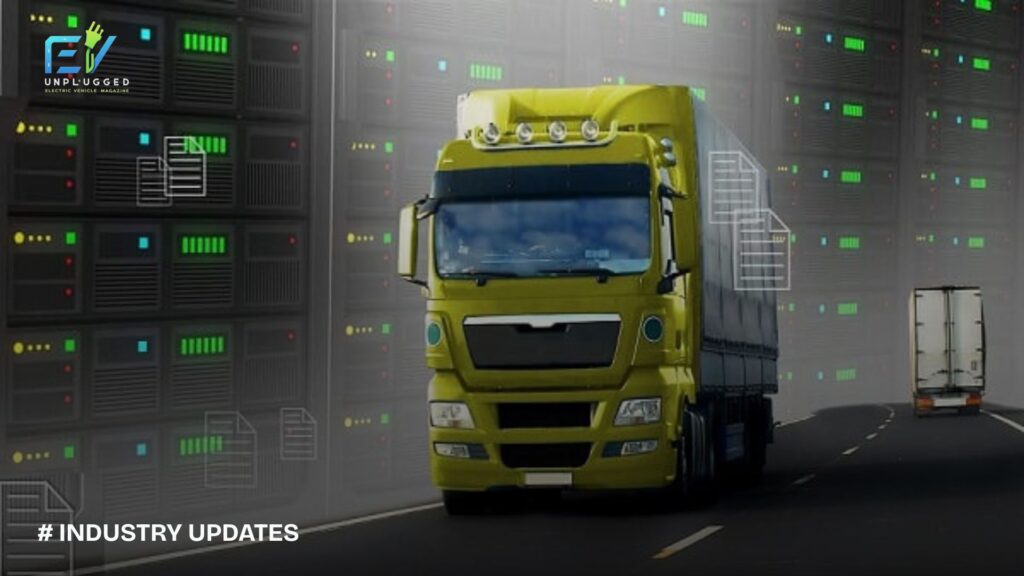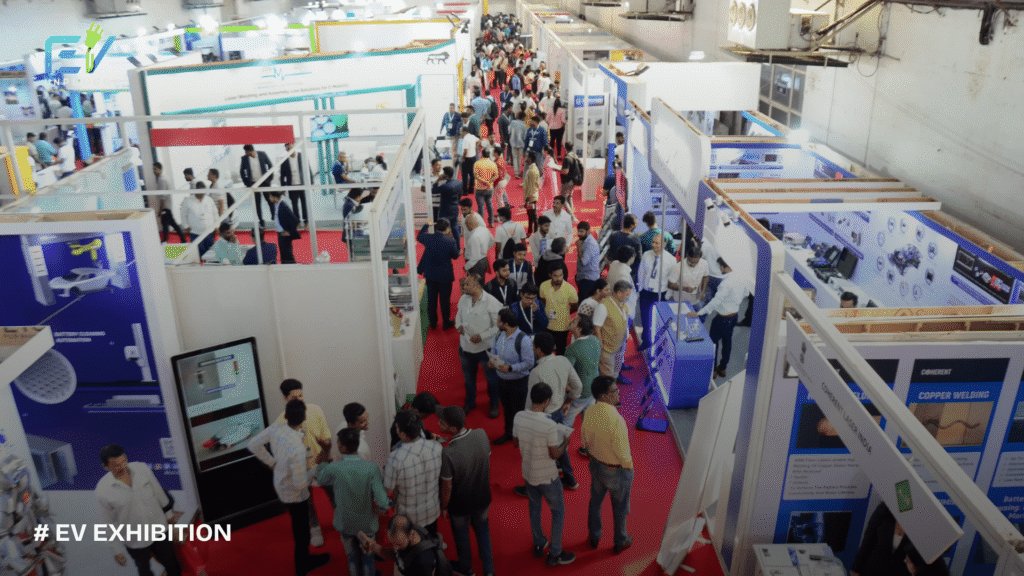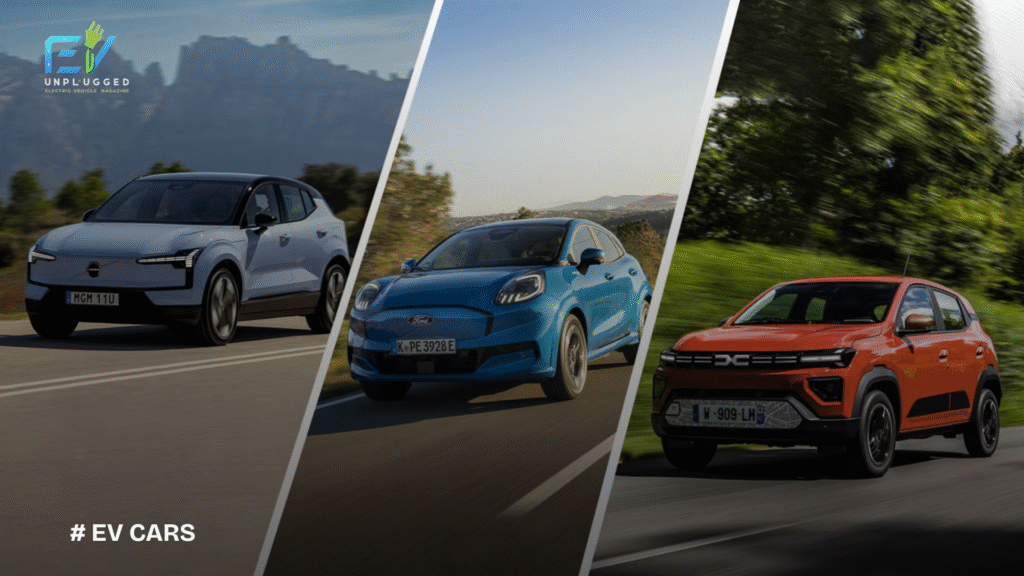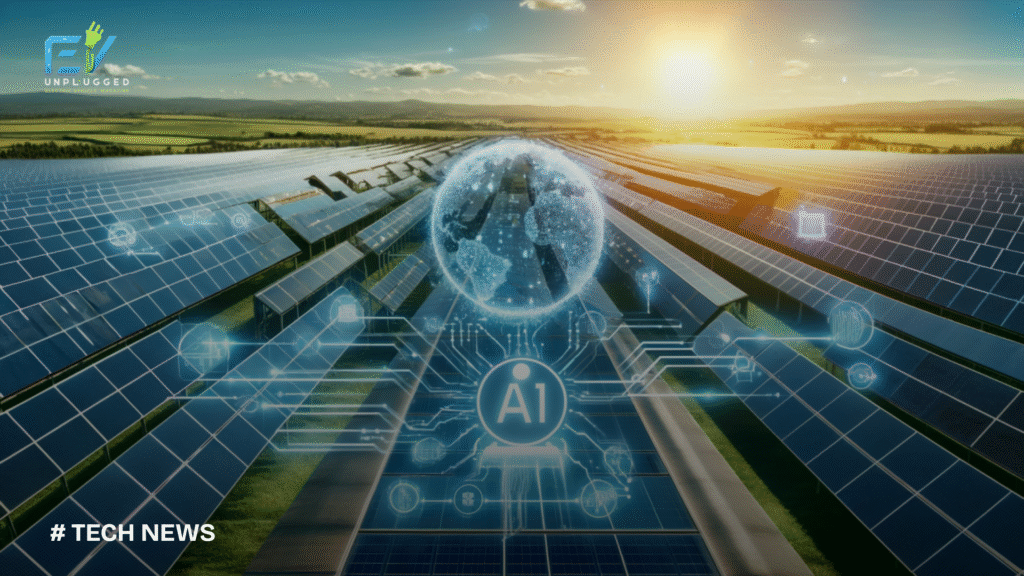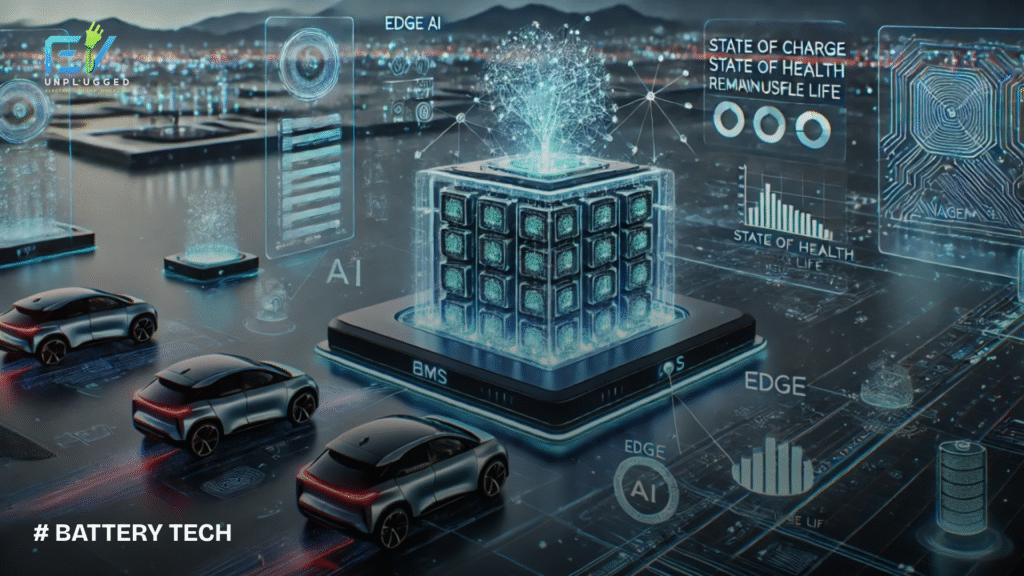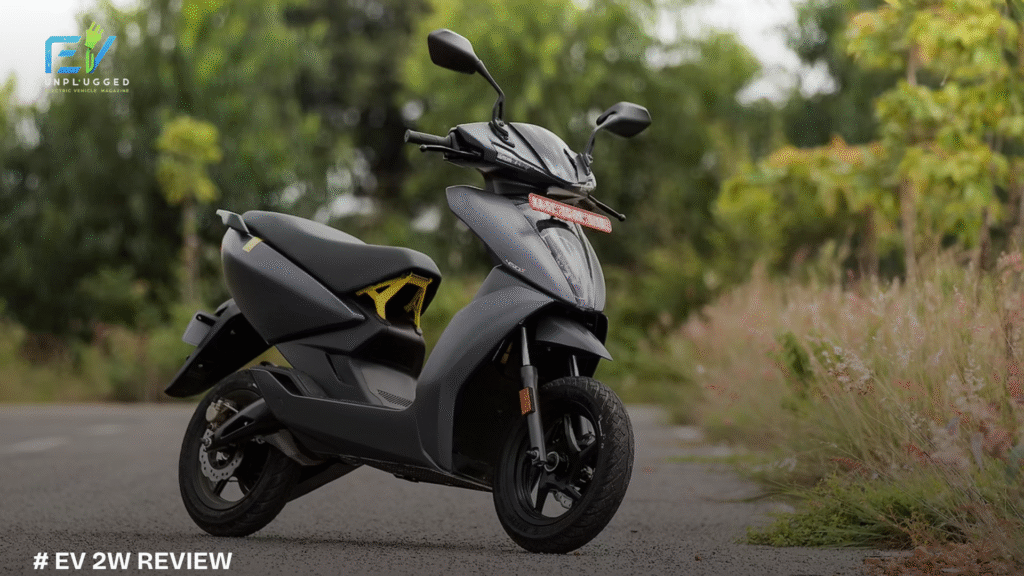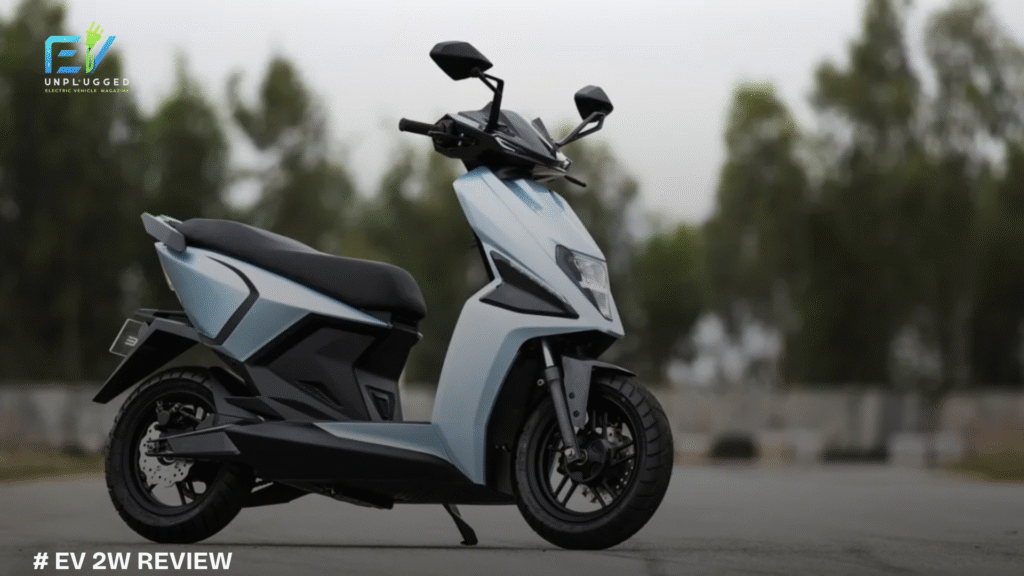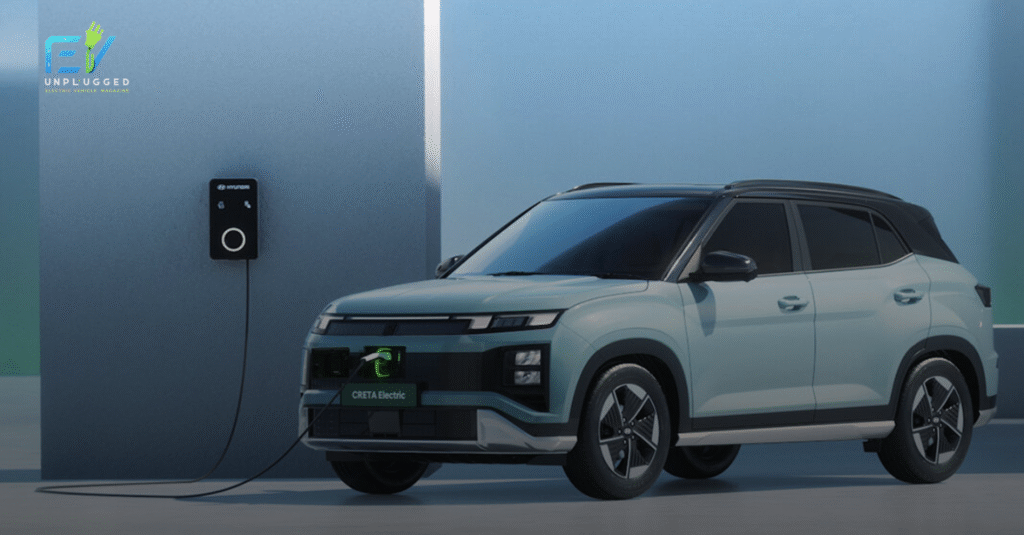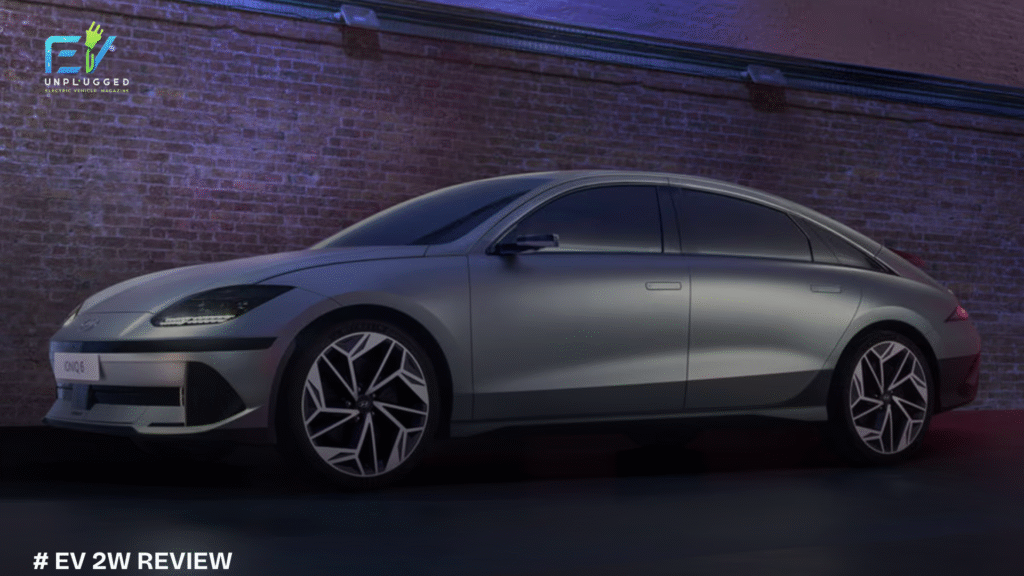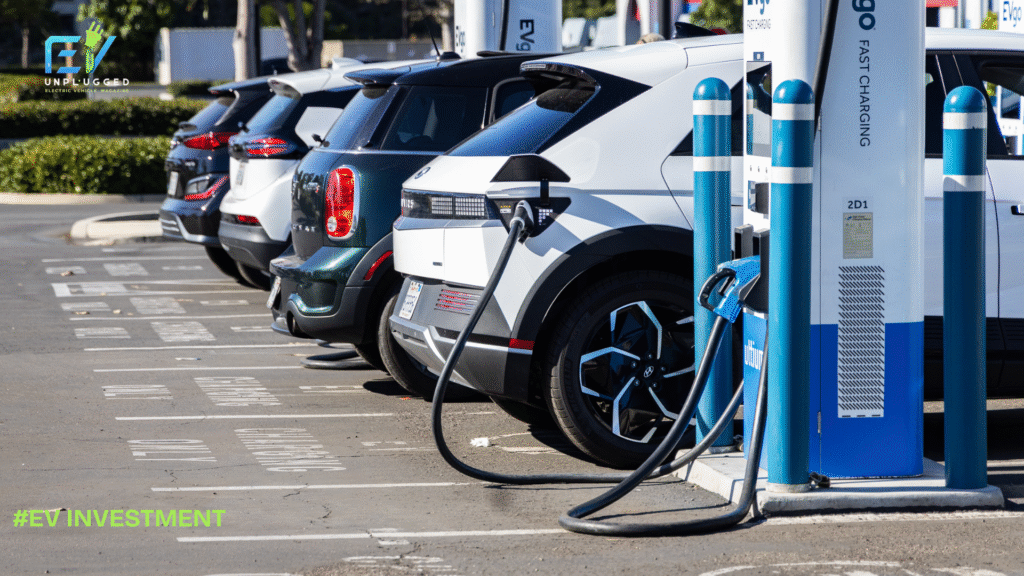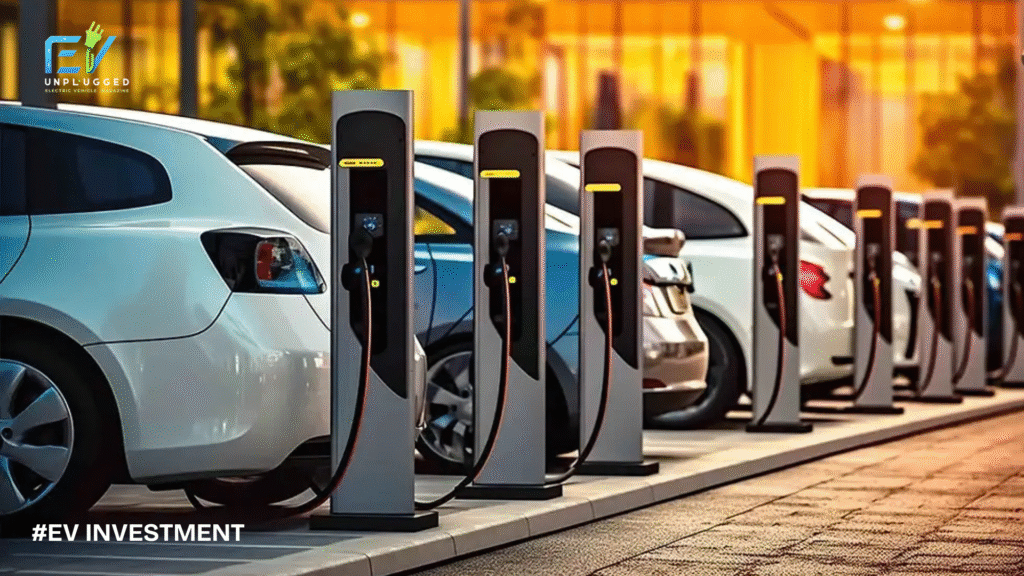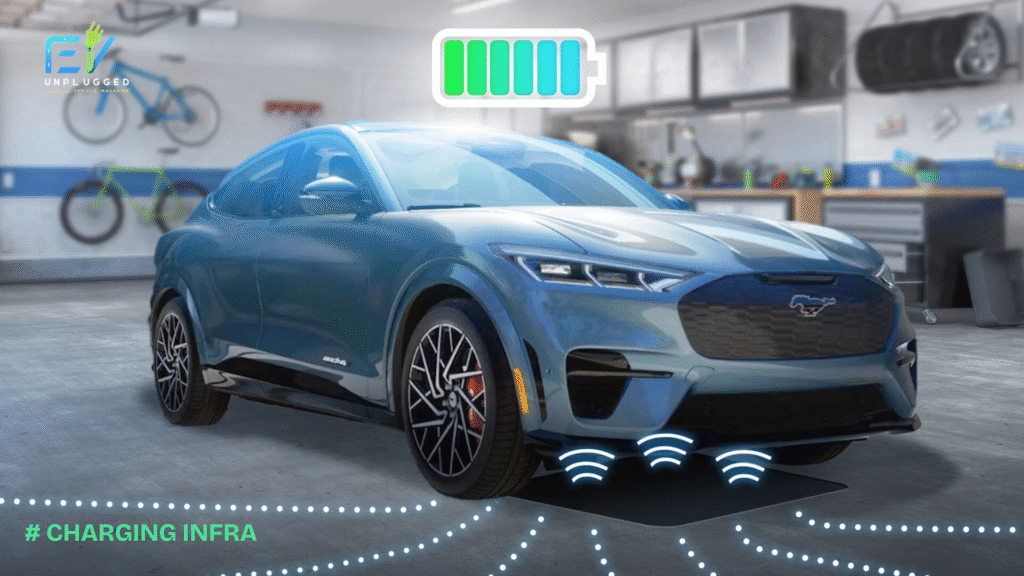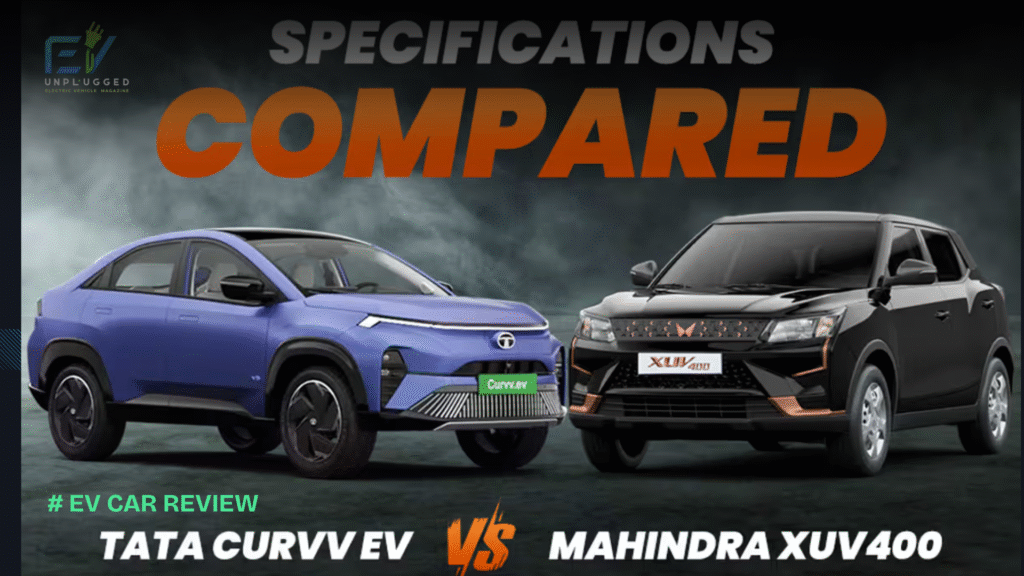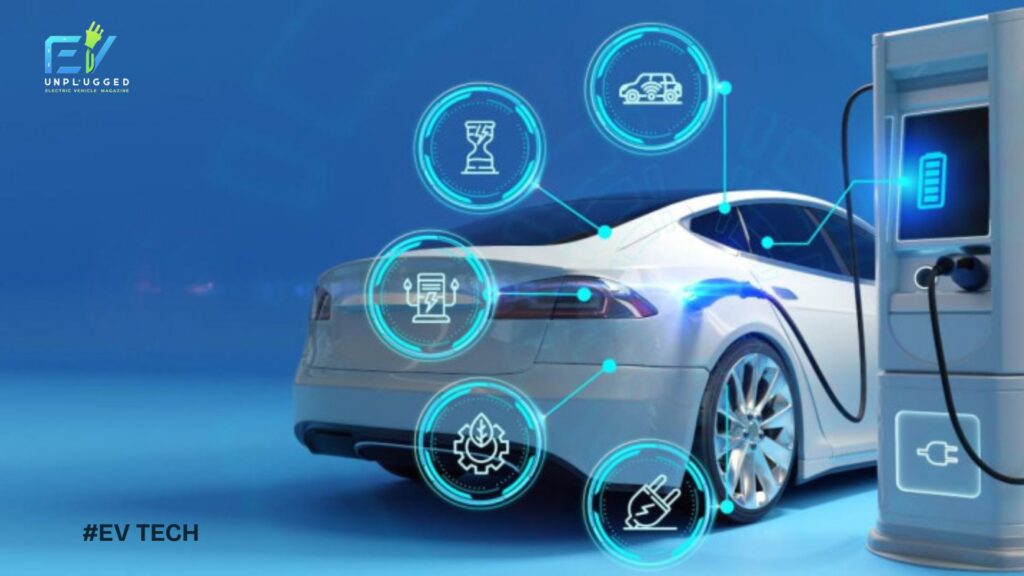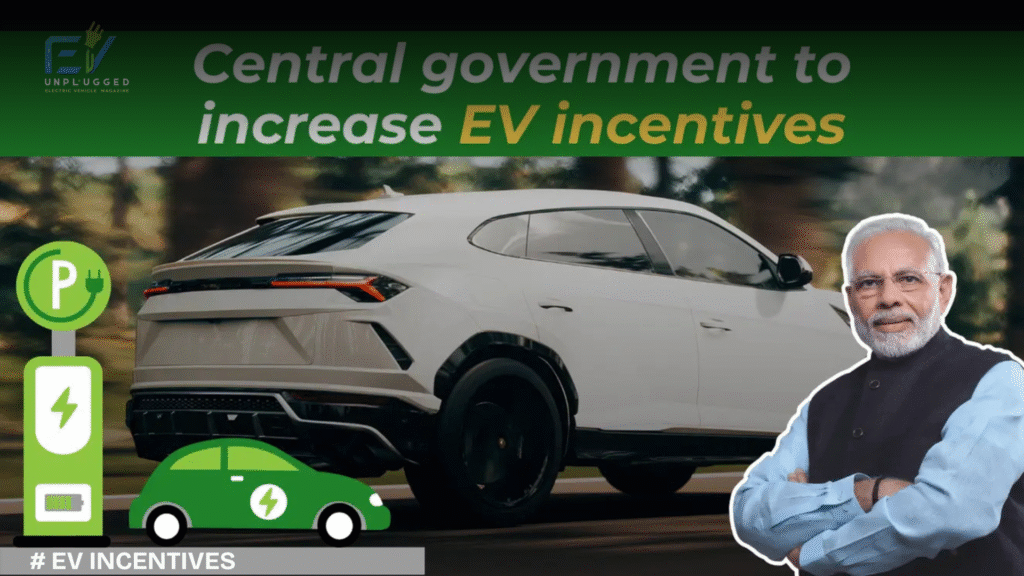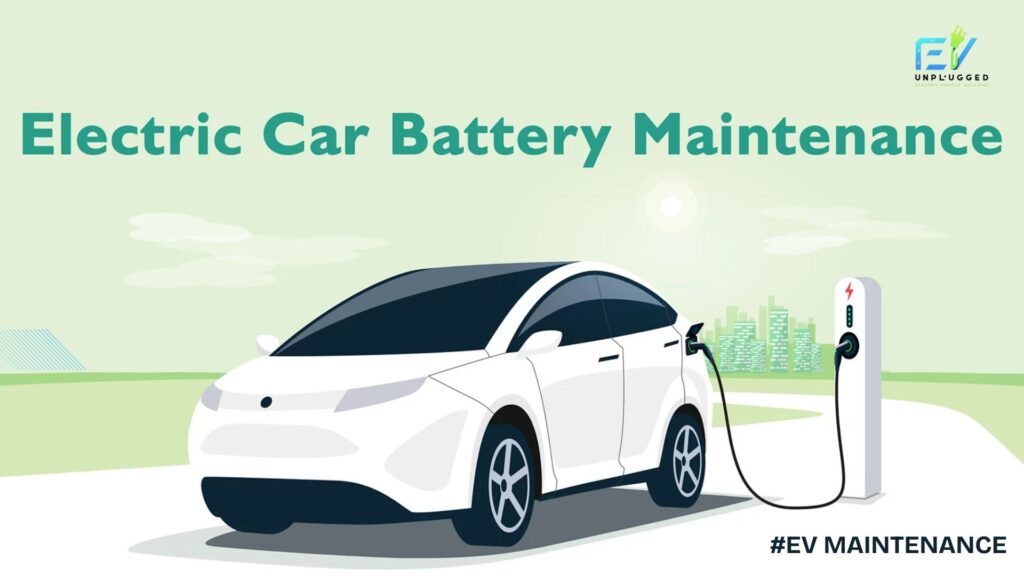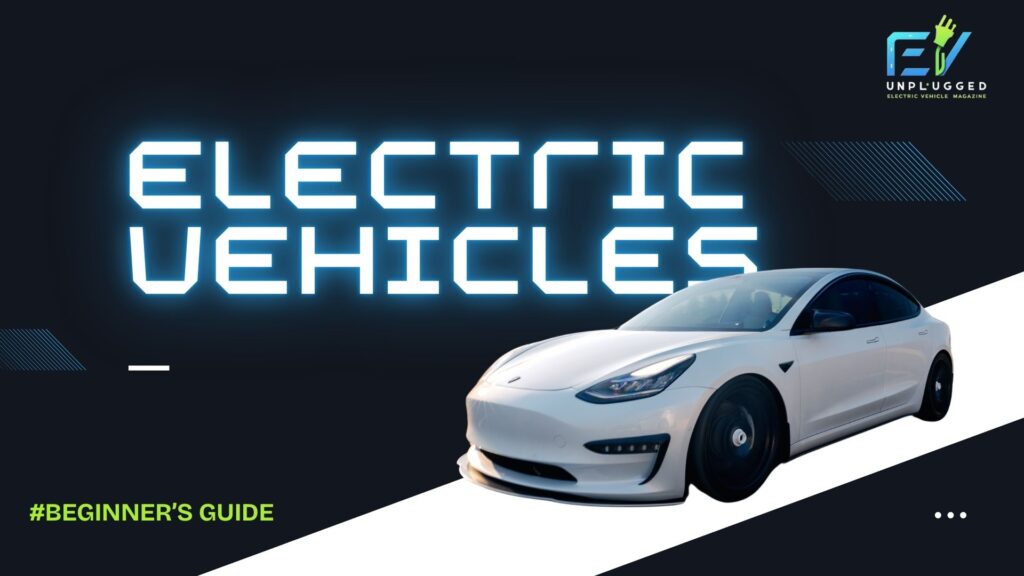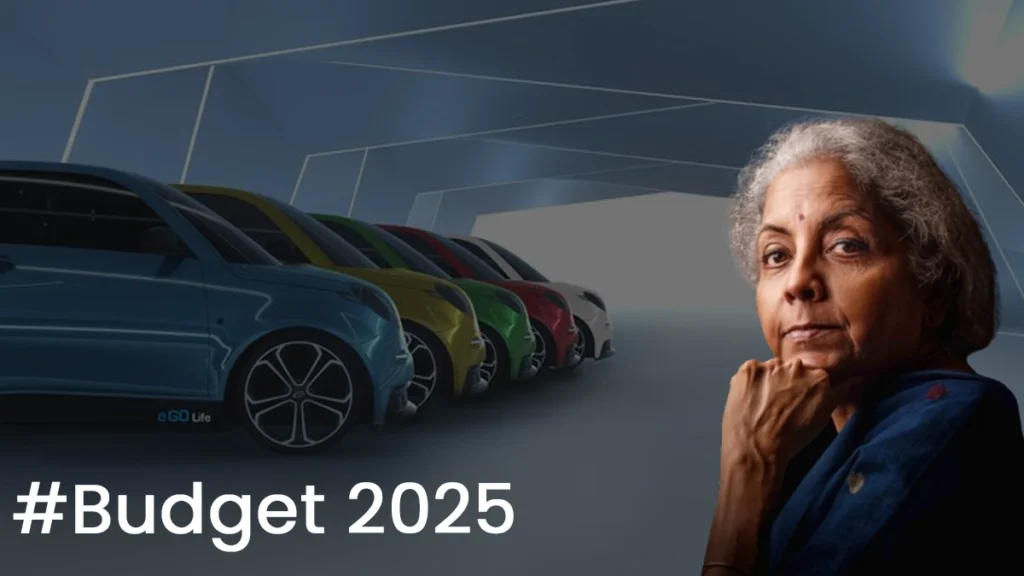How EV Batteries Work: A Beginner’s Guide
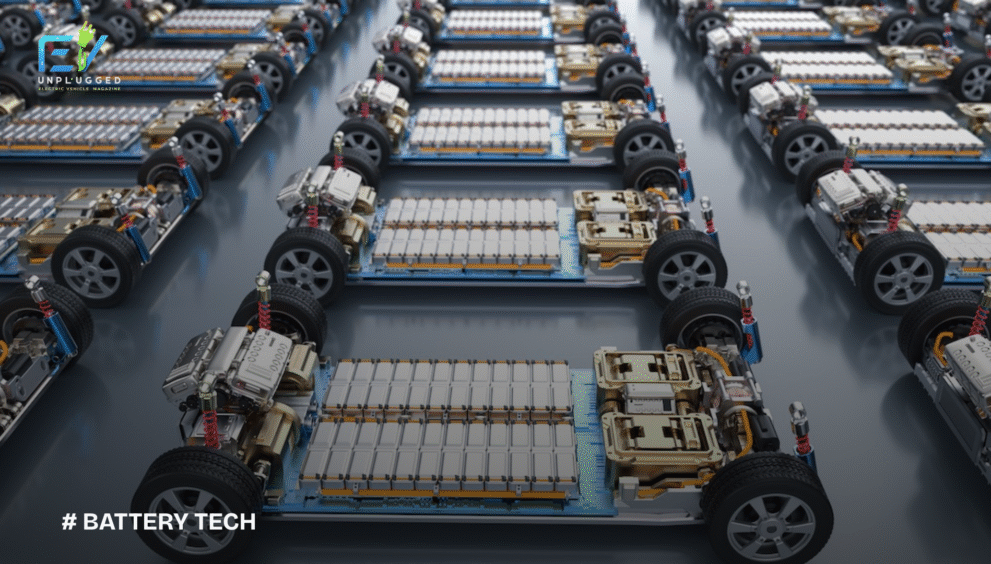
Electric vehicles (EVs) are at the forefront of the shift toward cleaner and more sustainable transportation. As global awareness of climate change grows and governments push for lower emissions, EVs are quickly becoming a popular alternative to internal combustion engine vehicles. At the core of this revolution lies a critical component: the EV battery. Understanding how EV batteries work is essential for both current owners and those considering the switch to electric mobility. In this beginner’s guide, we’ll break down electric vehicle battery basics, explore their components, explain how they operate, and look at what the future holds for this evolving technology.
What Is an EV Battery?
An electric vehicle (EV) battery is a rechargeable energy storage system that supplies electricity to an EV’s motor. It functions similarly to a smartphone battery but on a much larger and more complex scale. The energy stored in the battery pack powers the electric motor, which in turn drives the wheels.
Most modern EVs use lithium-ion (Li-ion) batteries, prized for their high energy density, efficiency, and long cycle life. These batteries can store significant amounts of energy in a relatively small space, making them ideal for vehicles that need to travel long distances on a single charge. Additionally, they offer better performance, faster charging times, and lower maintenance compared to traditional battery types.
Key Components of an EV Battery
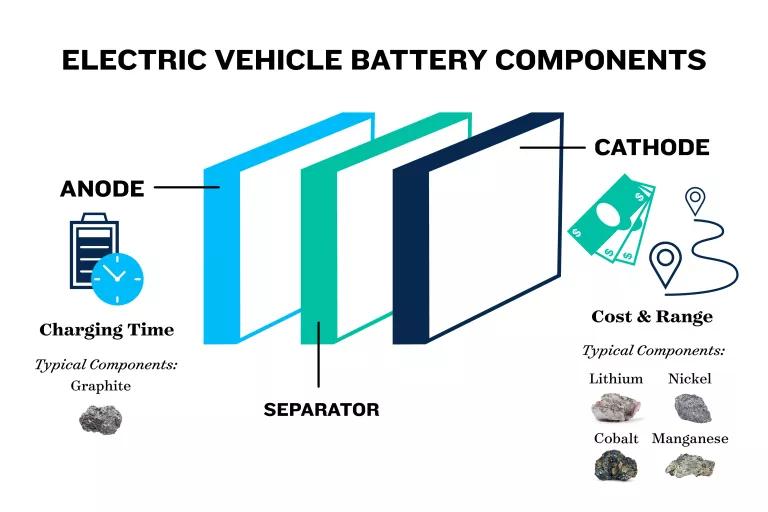
Understanding EV battery technology requires a look at its essential components. Each component plays a unique role in how lithium-ion batteries power EVs:
1. Anode (Negative Electrode)
- Typically made from graphite.
- During charging, lithium ions move to the anode and are stored there.
2. Cathode (Positive Electrode)
- Made from lithium metal oxides (e.g., lithium cobalt oxide, lithium iron phosphate).
- During discharge, lithium ions move from the anode back to the cathode, generating an electric current.
3. Electrolyte
- A liquid or gel-like solution that enables the flow of lithium ions between the anode and cathode.
- Often composed of lithium salts dissolved in organic solvents.
4. Separator
- A porous membrane that keeps the anode and cathode physically apart to prevent short circuits.
- Allows ions to pass through while maintaining electrical insulation.
5. Battery Management System (BMS)
- A control unit that monitors and manages various battery parameters.
- Ensures safe operation, balances cells, prevents overcharging or deep discharging, and enhances battery longevity.
These components work in unison to ensure the EV battery operates safely, efficiently, and reliably.
How EV Batteries Work
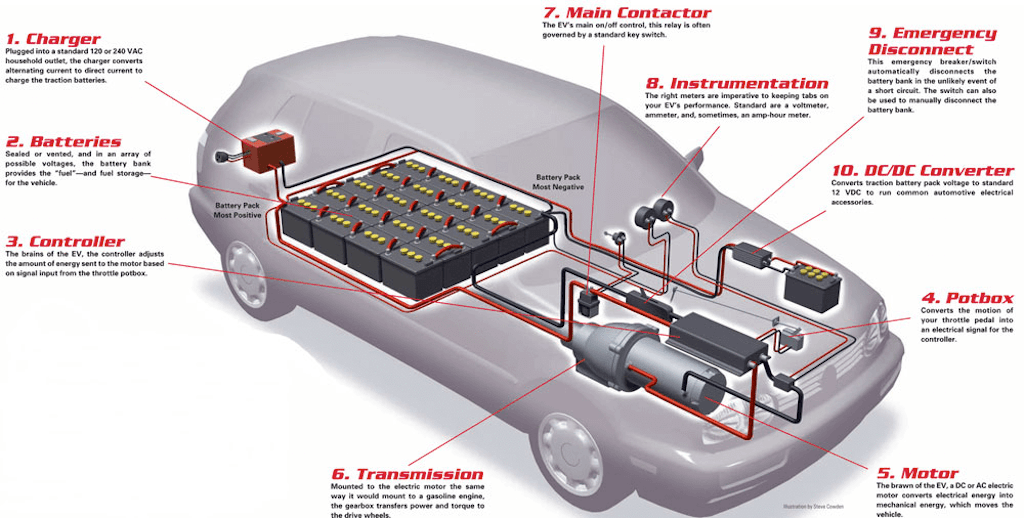
EV batteries operate through a process of electrochemical energy conversion that occurs in two main cycles:
Charging Cycle
- When connected to a charger, lithium ions move from the cathode to the anode through the electrolyte.
- This process stores electrical energy in the form of chemical energy.
Discharging Cycle
- During vehicle operation, lithium ions move back to the cathode, releasing stored energy.
- This energy is used to power the electric motor, which drives the vehicle.
Throughout these cycles, the Battery Management System (BMS) plays a vital role. It regulates temperature, voltage, and current levels, optimizes performance, and ensures the battery’s safety and durability.
Types of EV Batteries
Several types of batteries have been developed for electric vehicles, each with unique characteristics:
1. Lithium-Ion (Li-ion)
- Most widely used in modern EVs.
- Offers high energy density, fast charging, and long life cycles.
- Used in vehicles like Tesla Model 3 and Hyundai Kona Electric.
2. Lithium Iron Phosphate (LFP)
- Known for enhanced safety, thermal stability, and longer cycle life.
- Lower energy density than standard Li-ion batteries.
- Common in some budget EV models and electric buses.
3. Nickel-Metal Hydride (NiMH)
- Mostly used in hybrid vehicles like the Toyota Prius.
- Offers decent performance but is heavier and has lower energy density compared to Li-ion.
4. Solid-State Batteries
- Next-generation battery technology.
- Replaces liquid electrolytes with solid materials for improved safety and energy density.
- Still in development but has potential to revolutionize EV battery performance.
Factors Affecting EV Battery Performance
The performance and longevity of an EV battery are influenced by several factors:
1. Temperature
- Extreme cold or heat can degrade battery efficiency.
- Most EVs use thermal management systems to regulate battery temperature.
2. Charging Habits
- Frequent fast charging can accelerate battery degradation.
- Avoiding deep discharges and not charging to 100% regularly can help prolong battery life.
3. Driving Patterns
- Aggressive acceleration, high speeds, and heavy loads can drain the battery faster.
4. Maintenance
- Software updates and regular diagnostic checks improve battery health.
- The BMS also plays a role in optimizing lifespan through smart management.
Future of EV Batteries
Battery technology is rapidly evolving to meet growing demands for better range, performance, and sustainability. Some exciting innovations include:
- Solid-State Batteries: Promising higher energy density, shorter charging times, and greater safety.
- Recycling & Second-Life Use: Companies are exploring ways to recycle EV batteries and repurpose them for stationary energy storage.
- New Chemistries: Research into silicon anodes, cobalt-free cathodes, and graphene enhancements is underway to boost performance and reduce environmental impact.
The future of electric mobility depends heavily on advancements in battery technology.
Conclusion
Electric vehicle batteries are the heartbeat of EVs, and understanding how they work is crucial for making informed decisions as a consumer. From the basic structure of lithium-ion batteries to their charging and discharging processes, each component plays a vital role in powering modern electric cars. As battery technology continues to evolve, we can expect even better performance, longer lifespans, and greener solutions in the near future. Stay informed to make the most out of your EV experience and embrace the electrified future of transportation.

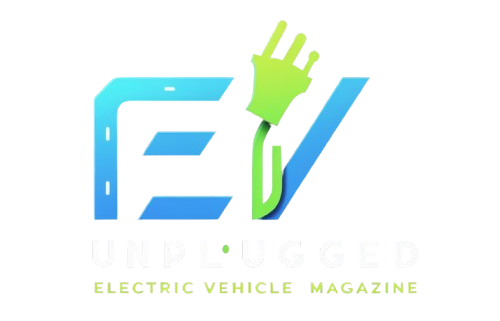
 English
English 